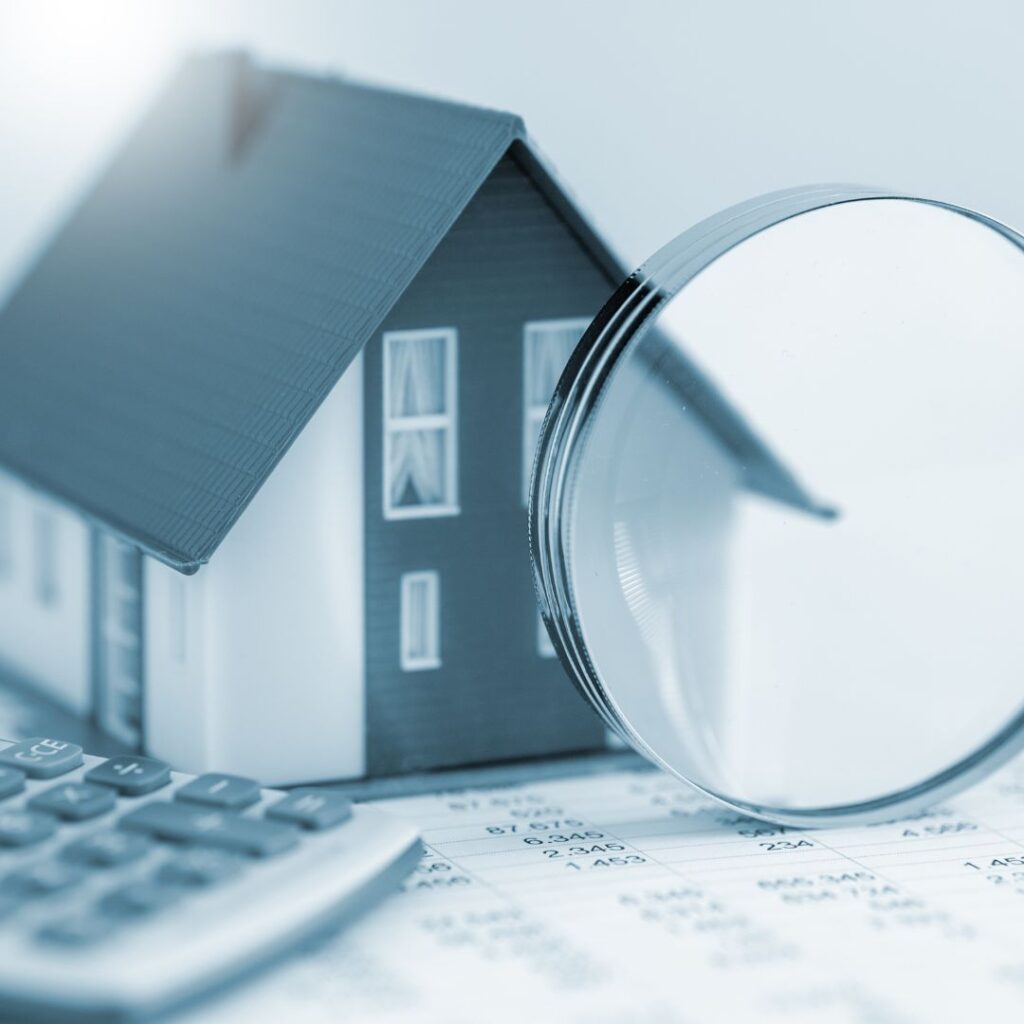Investing in Dallas: Navigating the Real Estate Market Amidst Major New Developments
Dallas continues to cement its position as one of America’s most dynamic real estate markets in 2025. With cranes dotting the skyline and unprecedented investment flowing into the city, investors face both exciting opportunities and unique challenges. This guide explores the current state of the Dallas real estate market, highlights transformative developments reshaping the metroplex, and offers strategic advice for investors looking to capitalize on this growth.
The Current State of the Dallas Real Estate Market
The Dallas-Fort Worth metroplex has maintained its remarkable growth trajectory, continuing to outperform many other major metropolitan areas across the United States. Several key factors are driving this robust market:
Strong Economic Fundamentals: Dallas boasts a diversified economy spanning technology, healthcare, financial services, and transportation. Major corporations continue to relocate or expand their presence in the region, drawn by business-friendly policies, no state income tax, and relatively affordable commercial real estate compared to coastal markets.
Population Growth: The metroplex continues to experience significant population influx, with thousands of new residents arriving monthly. This migration, particularly from California, New York, and Illinois, creates sustained housing demand across all segments of the market.
Employment Opportunities: The unemployment rate in Dallas remains below the national average, with job creation occurring across multiple sectors. This economic stability underpins the real estate market’s strength.
Interest Rate Environment: After reaching peaks in late 2023, mortgage rates have stabilized, giving investors and homebuyers more confidence to enter the market.
Major Developments Transforming Dallas
Several ambitious development projects are reshaping Dallas’s urban landscape and creating new investment hotspots:
Downtown Dallas Renaissance: The central business district continues its transformation from a primarily commercial area to a vibrant mixed-use hub. Projects like the East Quarter redevelopment and the Dallas Innovation District are breathing new life into historic buildings while adding modern residential and office spaces.
The Fields Project: This massive 350-acre development in Frisco, on the former site of the Electronic Data Systems campus, represents one of North Texas’s most ambitious mixed-use projects. When completed, it will feature 5,000 residential units, office spaces, retail destinations, and hospitality venues, creating an entirely new urban center.
Trinity River Corridor Project: This ongoing initiative is transforming the Trinity River area with parks, trails, and infrastructure improvements. The Harold Simmons Park and the Trinity River Overlook have created new recreational spaces and are catalyzing development in previously overlooked areas.
Dallas Midtown Redevelopment: The transformation of the former Valley View Mall area continues, with plans for office towers, residential units, and an expansive park. Though proceeding more slowly than initially projected, this project promises to create a significant new urban core.
Medical District Expansion: The Dallas Medical District continues to grow, with billions invested in new facilities and research centers. This expansion creates opportunities in healthcare-related real estate and nearby residential properties.
Investment Strategies for Today’s Dallas Market
Given the evolving landscape, investors should consider these strategic approaches:
Focus on Growth Corridors: Areas along major transportation arteries, particularly those benefiting from the ongoing DART light rail expansion, offer strong appreciation potential. The Silver Line corridor connecting North Dallas to DFW Airport deserves special attention.
Consider Value-Add Opportunities: With new construction costs remaining high, properties that can be renovated or repositioned often represent better value. Older multifamily properties in established neighborhoods with improvement potential can yield strong returns.
Watch Emerging Neighborhoods: Areas like Oak Cliff, West Dallas, and parts of South Dallas are experiencing revitalization. Early investment in these transitioning neighborhoods can produce significant long-term appreciation.
Analyze Supply-Demand Dynamics: Different property segments have varying supply-demand balances. While luxury apartments face potential oversupply in some submarkets, affordable and workforce housing remains chronically undersupplied, creating investment opportunities.
Be Selective with Commercial Properties: The office market continues to evolve post-pandemic, with Class A properties in prime locations performing well while secondary locations struggle. Retail properties anchored by necessity-based tenants remain resilient compared to traditional malls.
Challenges and Considerations
Despite the overall positive outlook, investors should be mindful of several challenges:
Rising Property Taxes: Texas’s relatively high property tax rates can significantly impact investment returns. Recent reassessments have pushed tax burdens higher in many areas, requiring careful financial modeling.
Affordability Concerns: As prices continue to rise, affordability becomes a growing concern, potentially limiting future appreciation in some segments.
Construction Costs: While moderating from pandemic peaks, construction costs remain elevated, affecting the feasibility of new development and renovation projects.
Climate Considerations: Increasing severe weather events, including hailstorms and flooding, necessitate careful property selection and appropriate insurance coverage.
The Path Forward
For investors navigating Dallas’s dynamic real estate landscape, a balanced approach combining thorough market research, strategic property selection, and realistic financial projections is essential. The market’s overall trajectory remains positive, but success increasingly depends on granular submarket analysis rather than broad metro-wide trends.
Working with local experts who understand neighborhood-specific dynamics has never been more valuable. By combining this local intelligence with awareness of major development projects reshaping the city, investors can position themselves to capitalize on Dallas’s continued growth while managing the inherent risks of real estate investment.
As Dallas evolves from a regional powerhouse to a truly national and international destination, its real estate market offers compelling opportunities for investors willing to approach it with the sophistication and nuance it demands.


